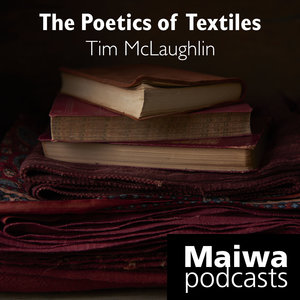 |
| Michel Garcia and Charllotte Kwon consider a pot of gallic tannin. |
Michel Garcia arrived from France a few days early for his two workshops; Secrets from the Dye Garden and Indigo the Organic Vat. What do you do while in the company of a knowledgeable chemist, botanist and one of the leading natural dye experts in the world? You head straight for the dye studio of course.
We could have easily spent a month testing, experimenting and cooking up colour. But as we only had two days we limited ourselves to some indigo, mordanting, and tannin tests. One of our dye tests was done with logwood. Here are photos from the afternoon.
 |
| Logwood chips ready for dyeing. |
 |
| Cotton sample about 5 minutes after going into the pot. |
 |
| Fabric samples after about 30 minutes. |
 |
| Finished dye samples with logwood. |





















































